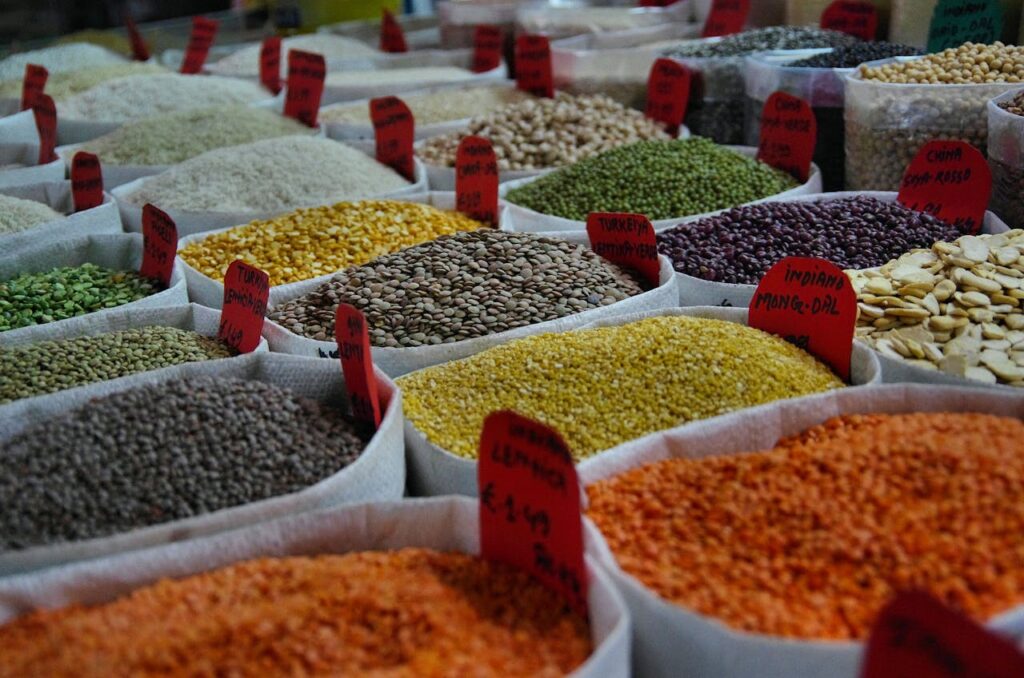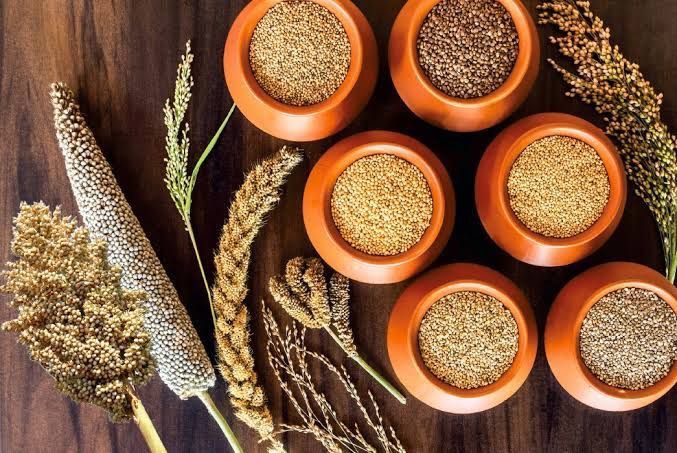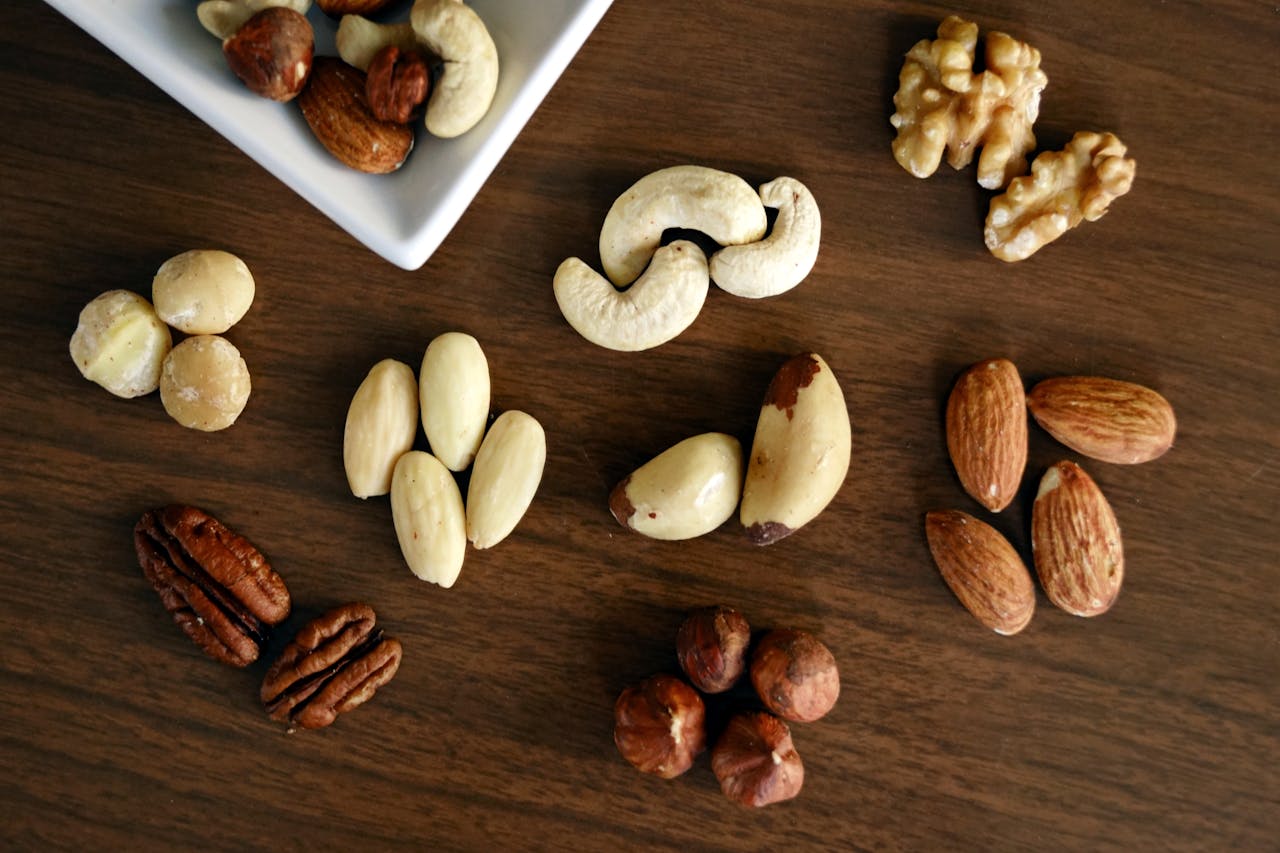Introductions
India is a powerhouse in the global pulses and lentils market, playing a crucial role in supplying these essential crops to the world. Pulses, including lentils, chickpeas, and other legumes, are integral to global nutrition, known for their high protein content, fiber, and health benefits. This blog explores India’s prominence in this sector, examining the types of pulses and lentils exported, the factors driving India’s success, and the challenges and opportunities that shape the industry.
Types of Pulses and Lentils Exported by India
- Lentils: Red, green, black
- Chickpeas: Kabuli and Desi
- Other Pulses: Mung beans, urad beans, peas
Detail of Pulses and Lentils Exported by India
1. Lentils:
India exports a variety of lentils, each with its unique characteristics:
Red Lentils: Known for their quick cooking time and mild flavour, often used in soups and stews.
Green Lentils: Popular for their firm texture, ideal for salads and side dishes.
Black Lentils (Urad Dal):Used in traditional Indian dishes, such as dal makhani.
2. Chickpeas:
Chickpeas are another major export from India, available in two primary types:
Kabuli Chickpeas:Larger, beige chickpeas commonly used in salads and hummus.
Desi Chickpeas:Smaller, darker chickpeas with a stronger flavor, used in various curries.
3. Other Pulses:
Mung Beans: Widely used for sprouting and in Asian cuisines.
Urad Beans: Known for their use in traditional Indian dishes and dals.
Peas:Includes split peas and green peas, used in soups and stews.
Factors Driving India’s Dominance in Exporting Pulses and Lentils
1. Agricultural Diversity:
India’s varied agro-climatic zones allow for the cultivation of a wide range of pulses and lentils. This diversity ensures a steady supply of high-quality products, catering to global demand.
2. Government Support:
The Indian government supports pulse cultivation through policies like the Minimum Support Price (MSP) and subsidies for farmers. Programs like the Pradhan Mantri Fasal Bima Yojana (PMFBY) provide financial security and encourage production.
3. Technological Advancements:
Improvements in farming techniques, processing technologies, and logistics have enhanced the efficiency and quality of pulse production. Advanced storage and transportation facilities help maintain product standards.
4. Strategic Trade Relationships:
India has established strong trade relationships with key markets, including the United States, Canada, the European Union, and Middle Eastern countries. Bilateral trade agreements and international collaborations facilitate smooth export processes.
5. Growing Global Demand:
The rising global awareness of health and nutrition has increased the demand for pulses and lentils. Their high protein content and suitability for vegetarian and vegan diets contribute to their growing popularity.
Challenges Facing Pulses and Lentils Exports
1. Climate Change:
Changes in climate patterns, such as erratic rainfall and rising temperatures, affect pulse production. Adopting climate-resilient farming practices and improving water management are essential for mitigating these impacts.
2. Infrastructure Constraints:
Despite progress, infrastructure for storage, transportation, and processing remains a challenge. Enhancing these facilities is crucial for reducing post-harvest losses and ensuring timely delivery to international markets.
3. Pest and Disease Management:
Pests and diseases can significantly impact pulse yields and quality. Implementing integrated pest management strategies and developing disease-resistant pulse varieties are critical for maintaining production levels.
4. Market Volatility:
Fluctuations in global prices and trade policies can affect export volumes and market stability. Diversifying markets and developing strategies to manage price volatility are important for sustaining the export sector.
Opportunities for Growth in Pulses and Lentils Exports
1. Expanding into New Markets:
Exploring new and emerging markets, particularly in regions with growing demand for plant-based proteins, can open up additional export opportunities. Countries in Africa, Southeast Asia, and Latin America represent potential growth areas.
2. Value Addition:
Investing in value-added products, such as pulse-based snacks, ready-to-eat meals, and packaged pulses, can increase export revenue. Developing strong branding and marketing strategies can also enhance global market presence.
3. Sustainability Initiatives:
Adopting eco-friendly farming practices and obtaining sustainability certifications can appeal to environmentally conscious consumers and markets. Promoting sustainable production methods can also enhance India’s reputation as a responsible exporter.
4. Innovation:
Advancements in agricultural technology, such as precision farming and improved processing methods, can boost yields and product quality. Investing in research and development can drive innovation in pulse cultivation and processing.
Conclusion
India’s role as a leading exporter of pulses and lentils is pivotal in the global food system. With its rich agricultural heritage, supportive government policies, and growing international demand, India is well-positioned to continue its leadership in this sector. Addressing challenges and capitalising on emerging opportunities will ensure that India remains a key player in the global pulses and lentils market, contributing to food security and nutrition worldwide. As the industry evolves, India’s pulse exports promise to thrive, driving both economic and nutritional benefits on a global scale.



